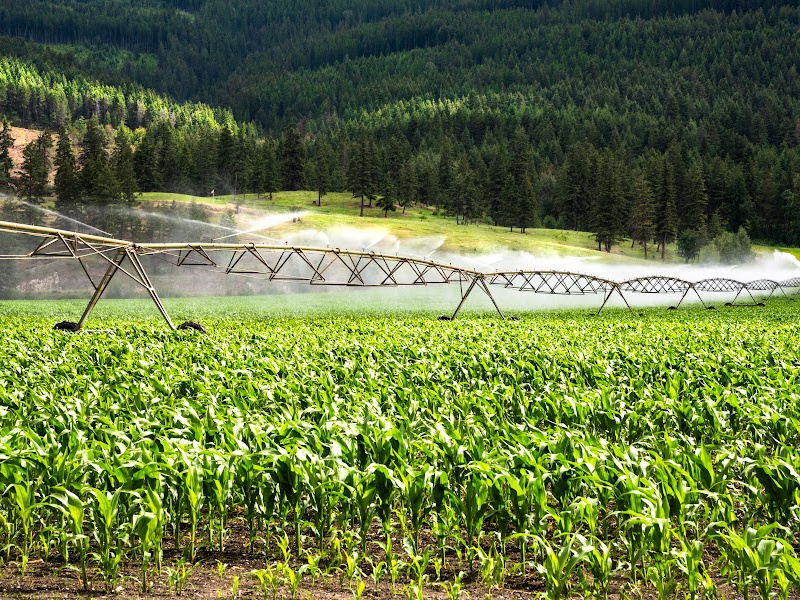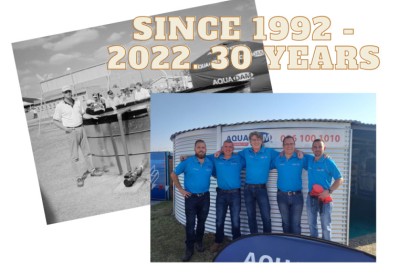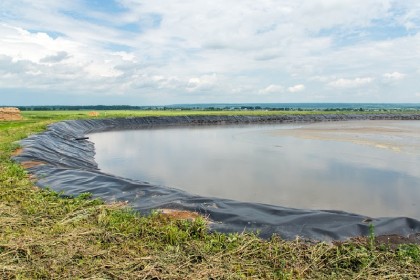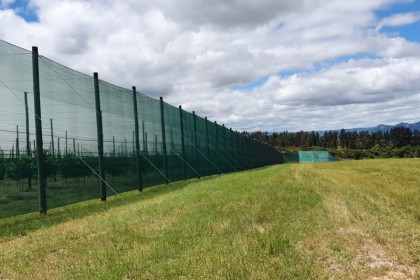
Centre Pivot Irrigation Systems: Advancing Precision Agriculture
In the realm of modern agriculture, the implementation of advanced irrigation technologies has revolutionized the way crops are cultivated. One such innovation, the centre pivot irrigation system, has become a hallmark of precision agriculture.
This article explores the importance of centre pivot systems, their components, benefits, and their pivotal role in modern farming practices.
Understanding Centre Pivot Irrigation Systems
A center pivot irrigation system, often referred to as a "pivot" or "circle irrigation," is a mechanized irrigation method that automates the process of delivering water to crops. The system consists of a series of towers, pipes, and sprinklers arranged in a circular pattern, with a central pivot point. As the name suggests, the entire system pivots around this central point, hence the term "centre pivot."
Key Components of Centre Pivot Systems
- Central Pivot Point: This is the anchor point from which the entire system radiates. It serves as the rotation axis for the irrigation system.
- Tower Structure: The towers are the supporting structures for the pipes and sprinklers. They are spaced evenly along the circular path and can vary in height to accommodate different crops.
- Pipes and Couplers: Pipes run from the central pivot to the outer edge of the circular field, carrying water to the sprinklers. These pipes are often made of lightweight, corrosion-resistant materials.
- Sprinklers: Sprinklers are mounted on the pipes and distribute water over the crops. They can be designed for specific spray patterns, and their flow rates are adjustable.
- Drive Mechanism: A drive mechanism, usually an electric motor or a hydraulic system, powers the pivot's rotation. This movement enables uniform water distribution over the entire field.
Advantages of Center Pivot Irrigation Systems in Agriculture
- Precise Water Application: Center pivot systems provide controlled and precise water application, reducing waste and ensuring even coverage across the field.
- High Efficiency: These systems optimize water usage, reducing the risk of over-irrigation and water runoff.
- Time Savings: The automation of the irrigation process saves farmers time and labor compared to manual irrigation methods.
- Adaptability: Center pivot systems can be adjusted to suit the specific needs of various crops and field sizes.
- Conservation: The efficient use of water resources contributes to water conservation, a critical consideration in agriculture.
- Improved Crop Health: Uniform irrigation minimizes the risk of both overwatering and underwatering, resulting in healthier crops and higher yields.
Considerations for Implementing Center Pivot Systems
- Field Design: The layout and size of the field should be considered when planning the installation of a centre pivot system.
- Water Source: Access to a reliable and adequate water source is essential for the system's operation.
- Topography: The field's terrain and slope should be suitable for centre pivot irrigation.
- Maintenance: Regular maintenance is crucial to ensure the system's smooth operation and longevity.
In conclusion, centre pivot irrigation systems are at the forefront of precision agriculture, providing a highly efficient and precise means of delivering water to crops. Their adaptability, resource efficiency, and labour-saving capabilities make them integral to modern farming practices. As agriculture continues to evolve, centre pivot systems play a vital role in meeting the demands of sustainable and productive crop cultivation.
For other agricultural products and services, click here












